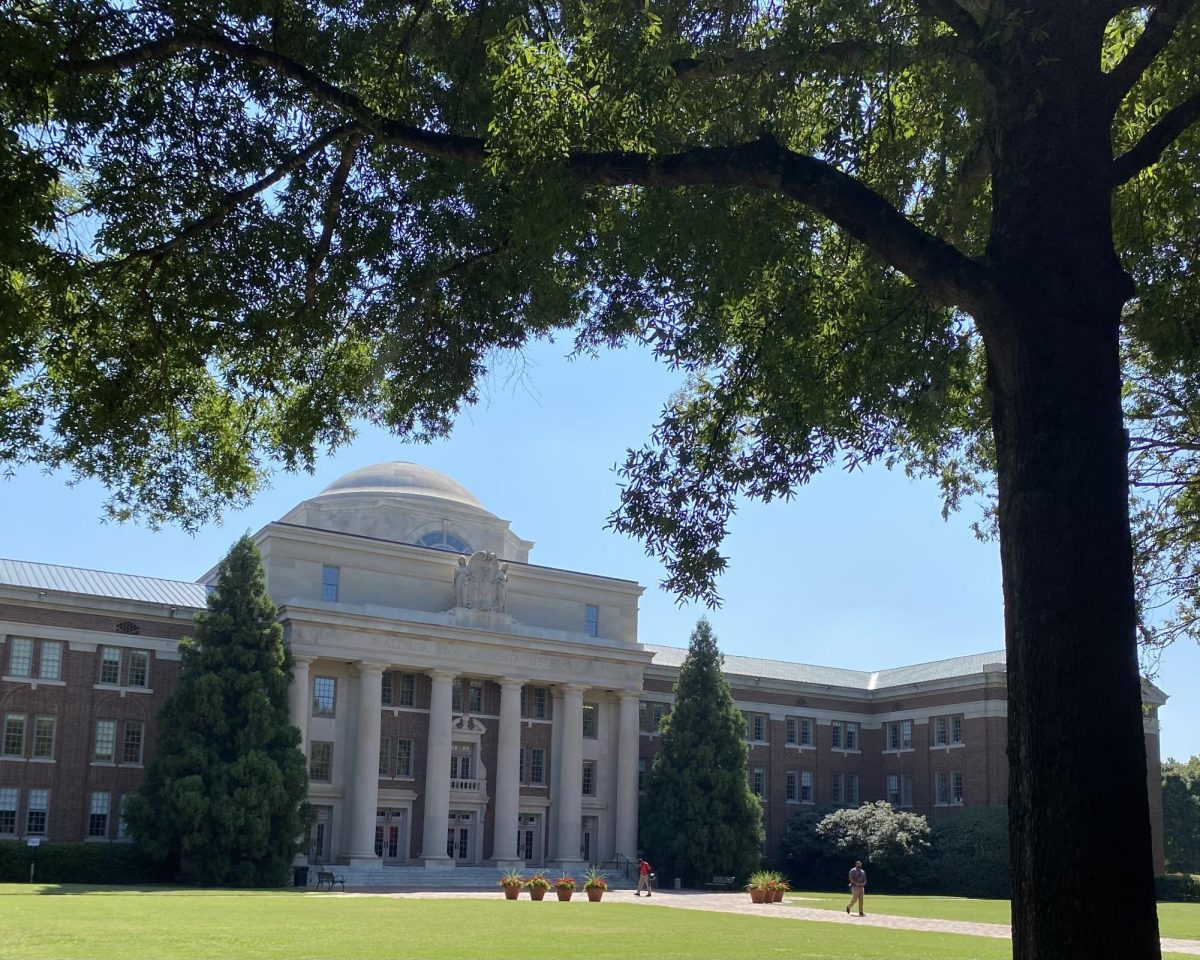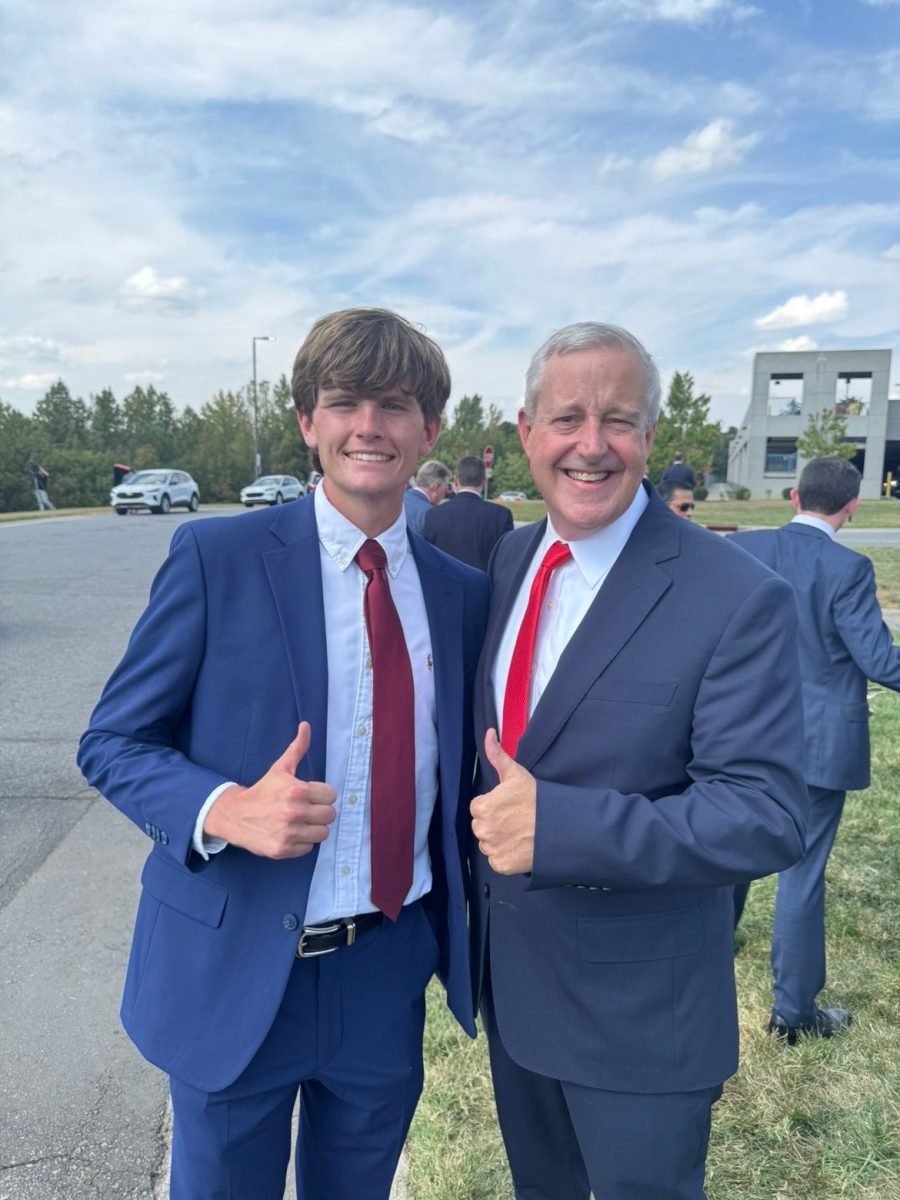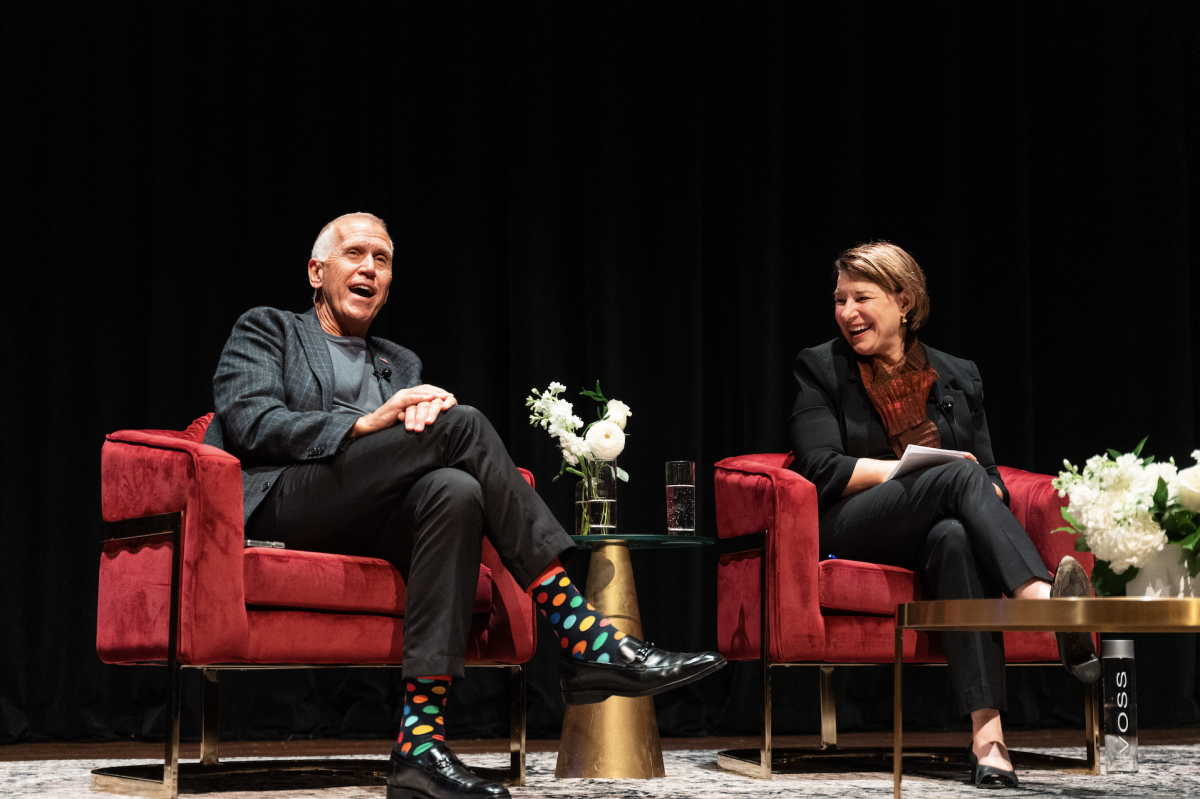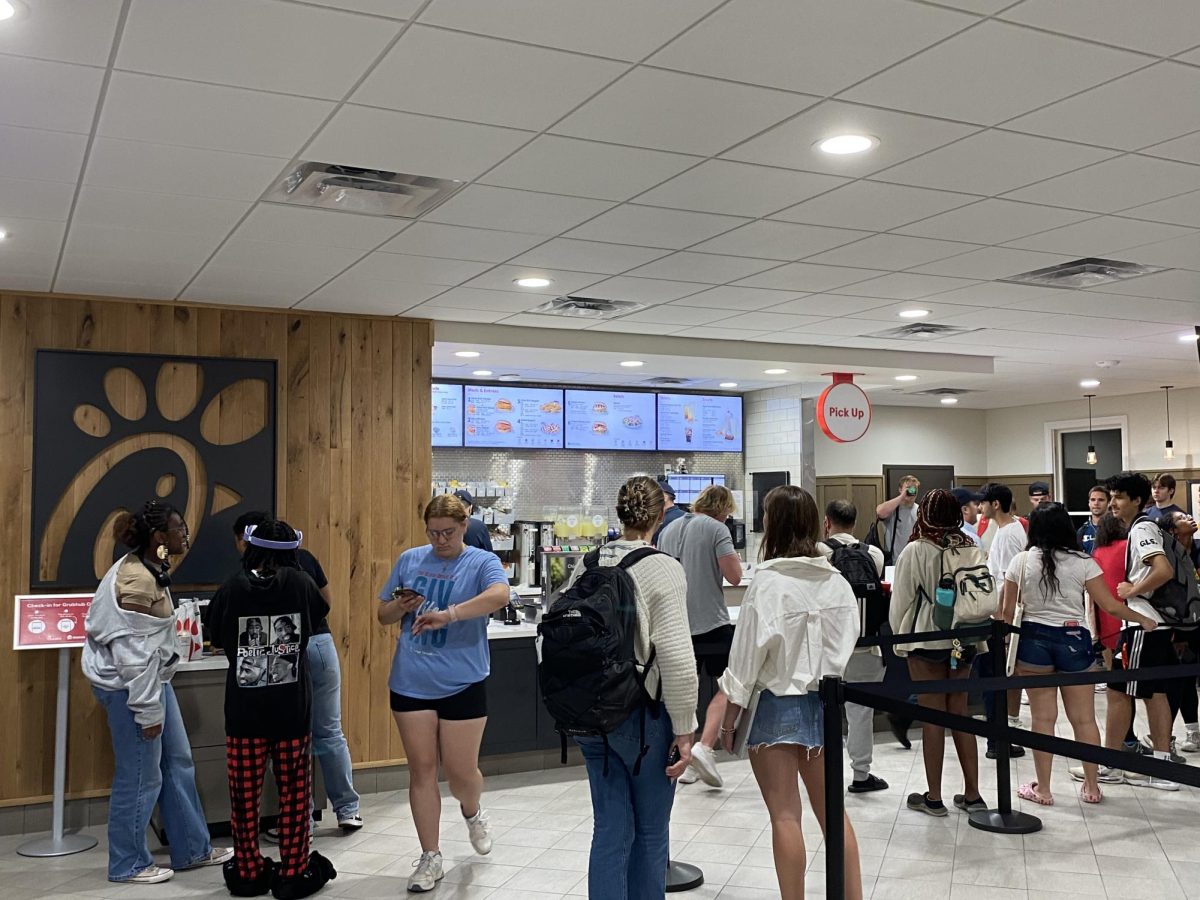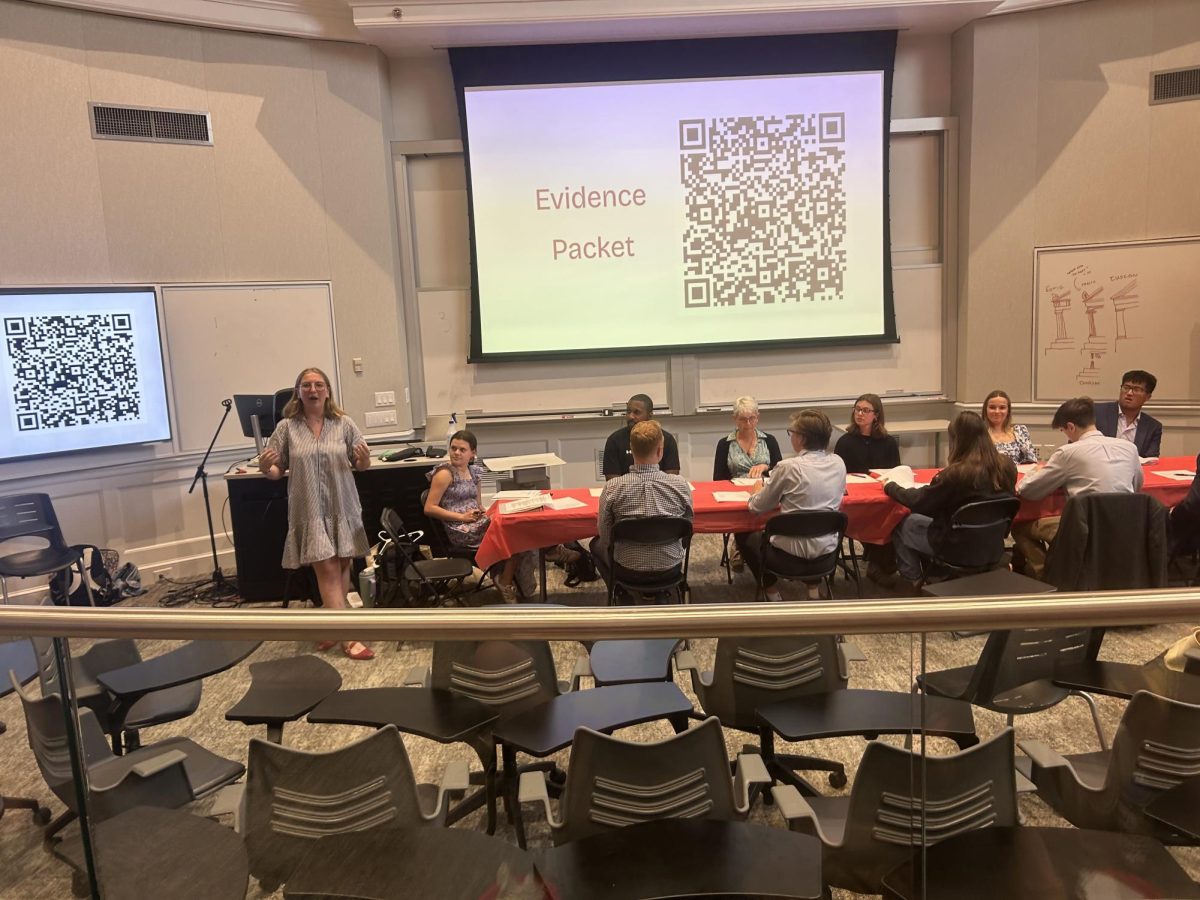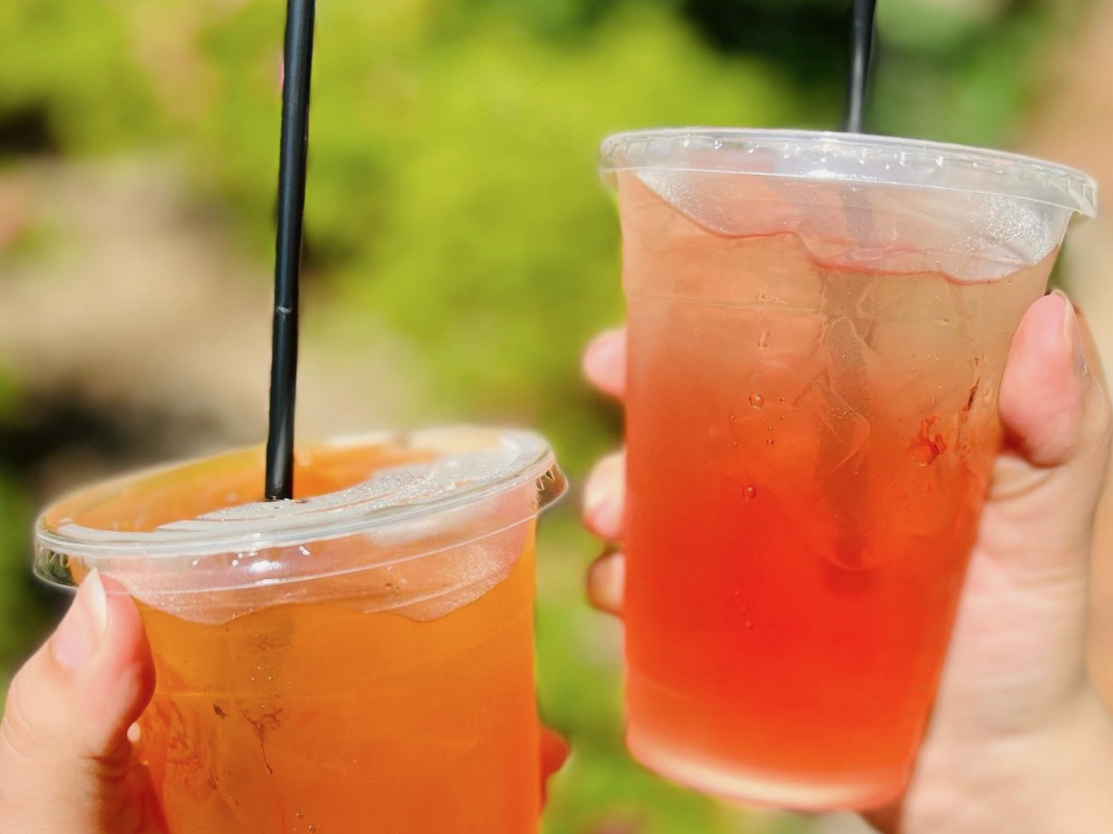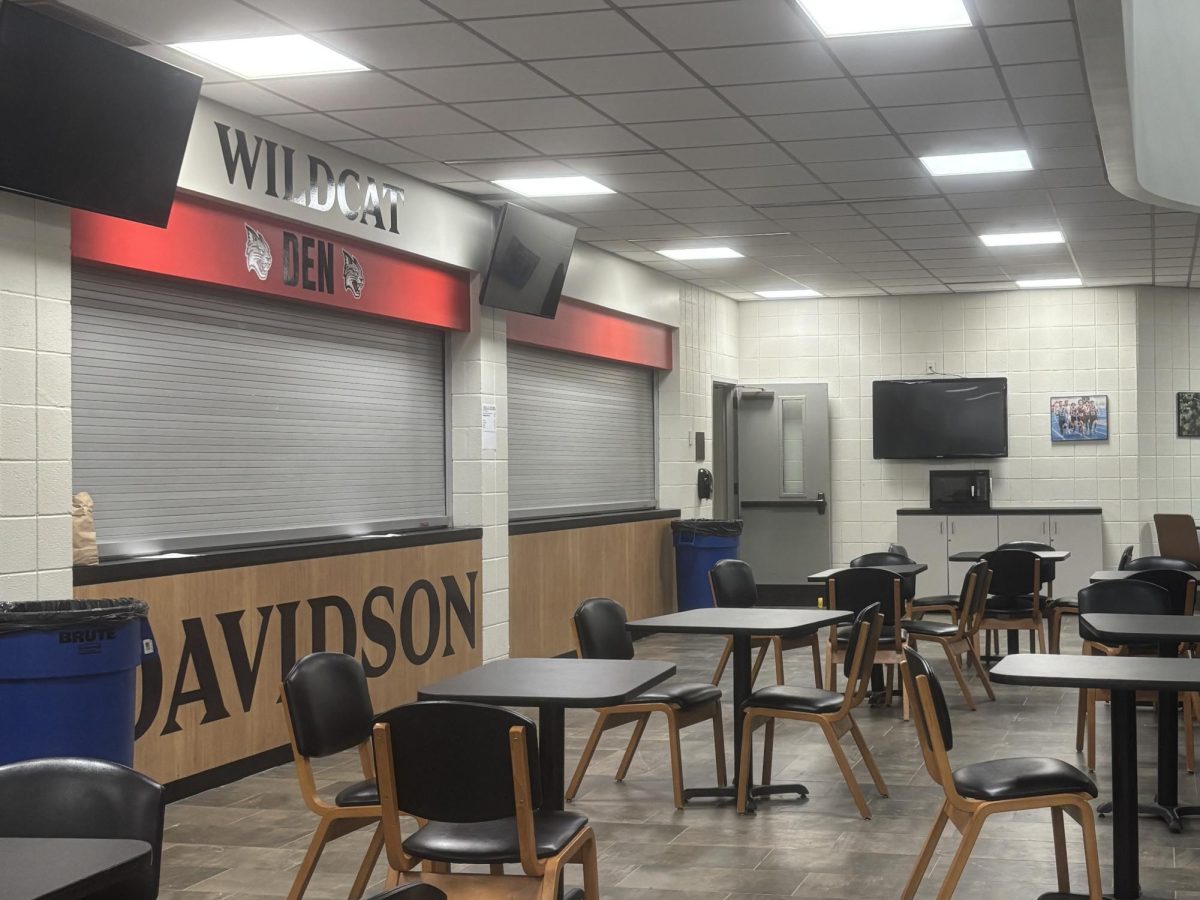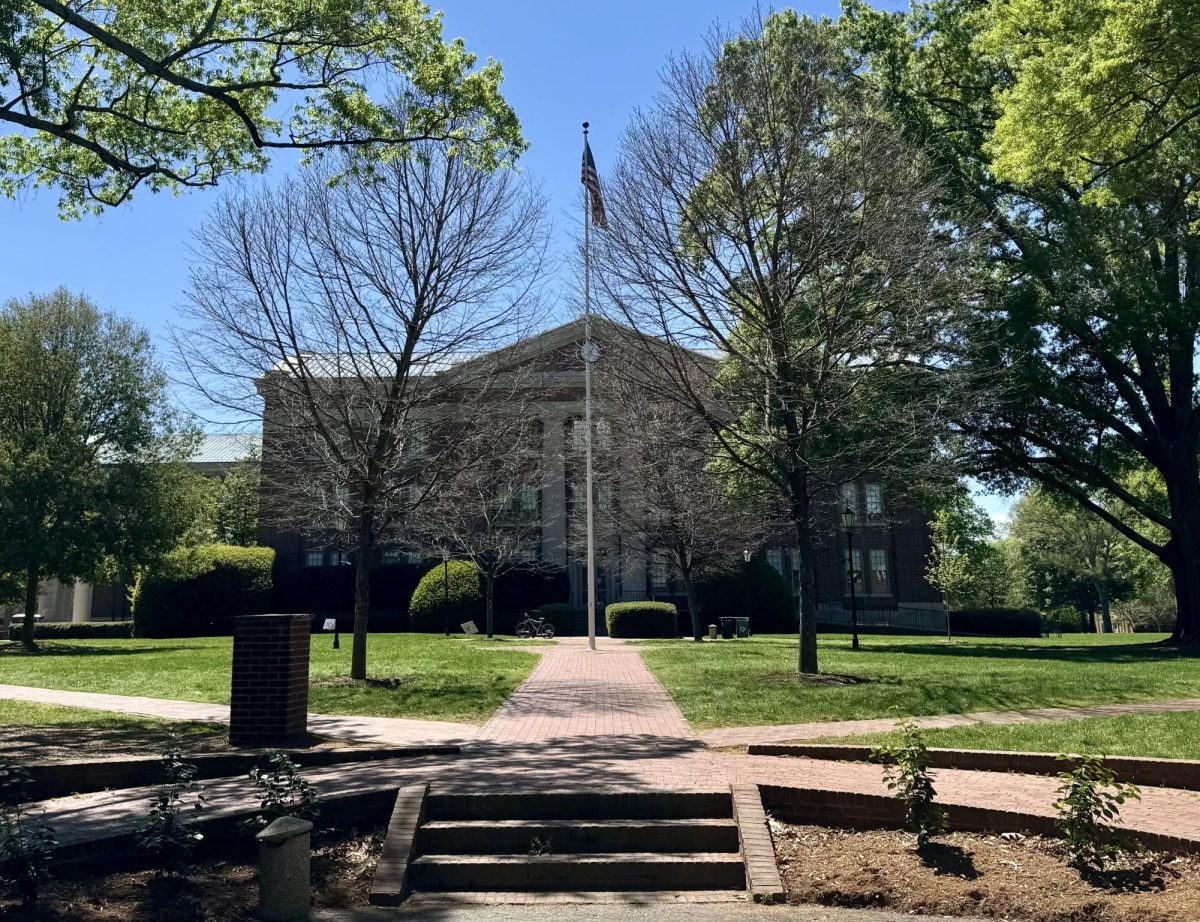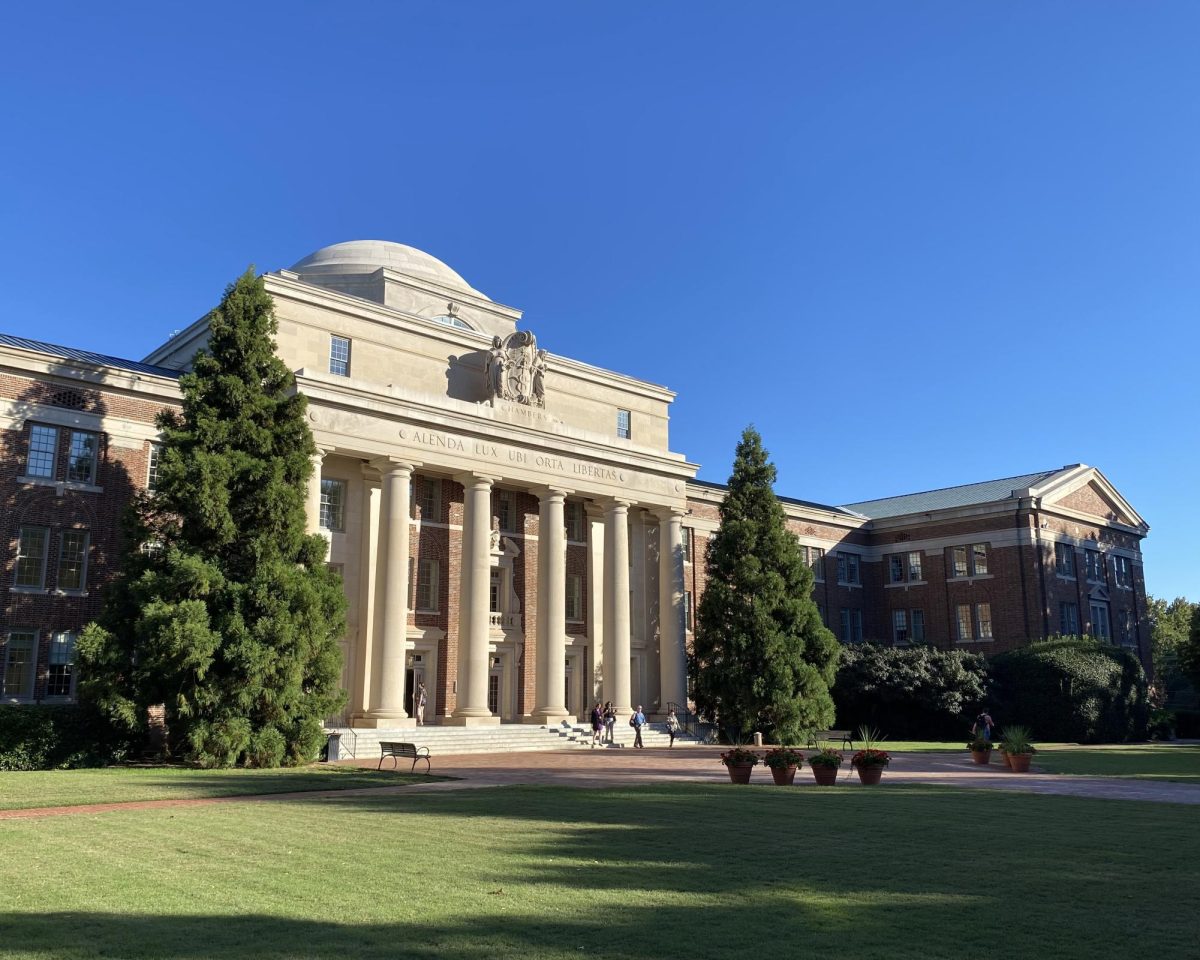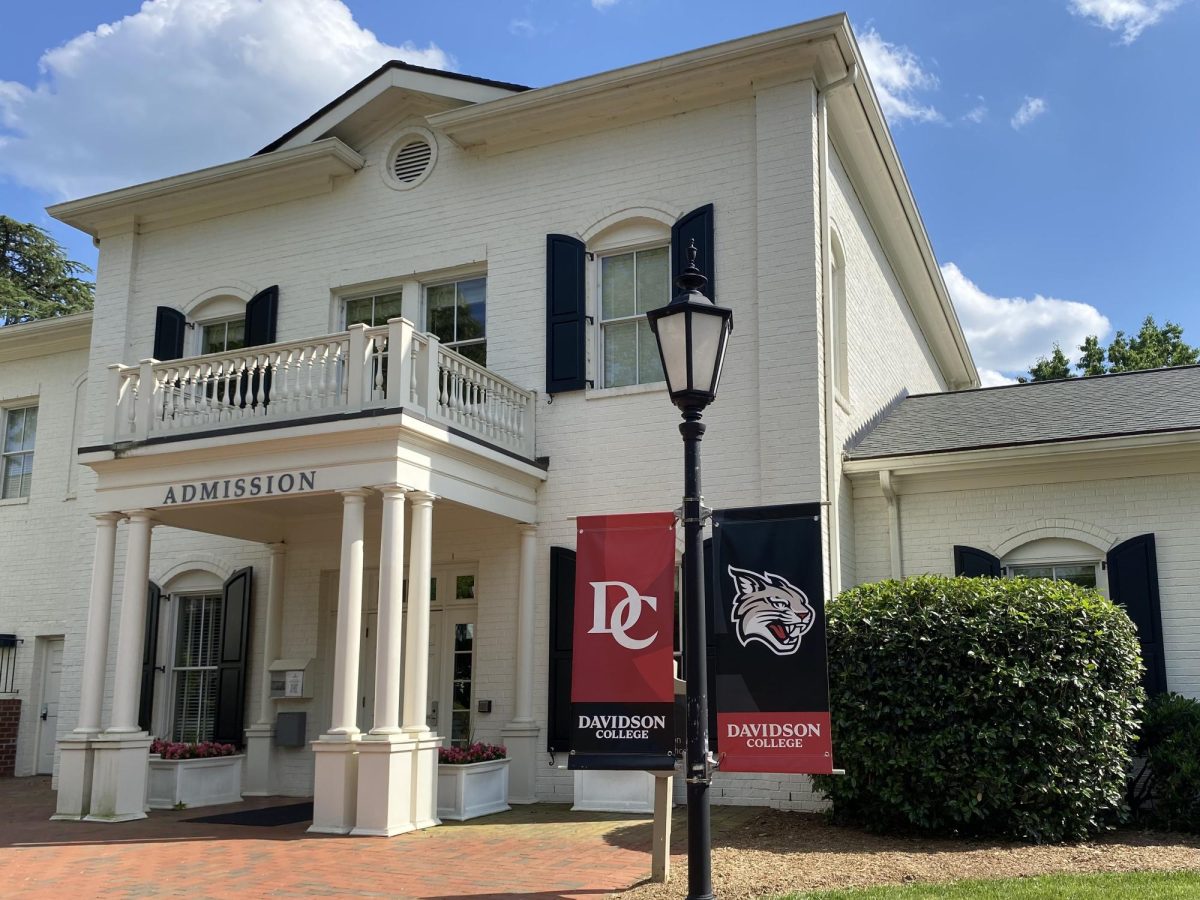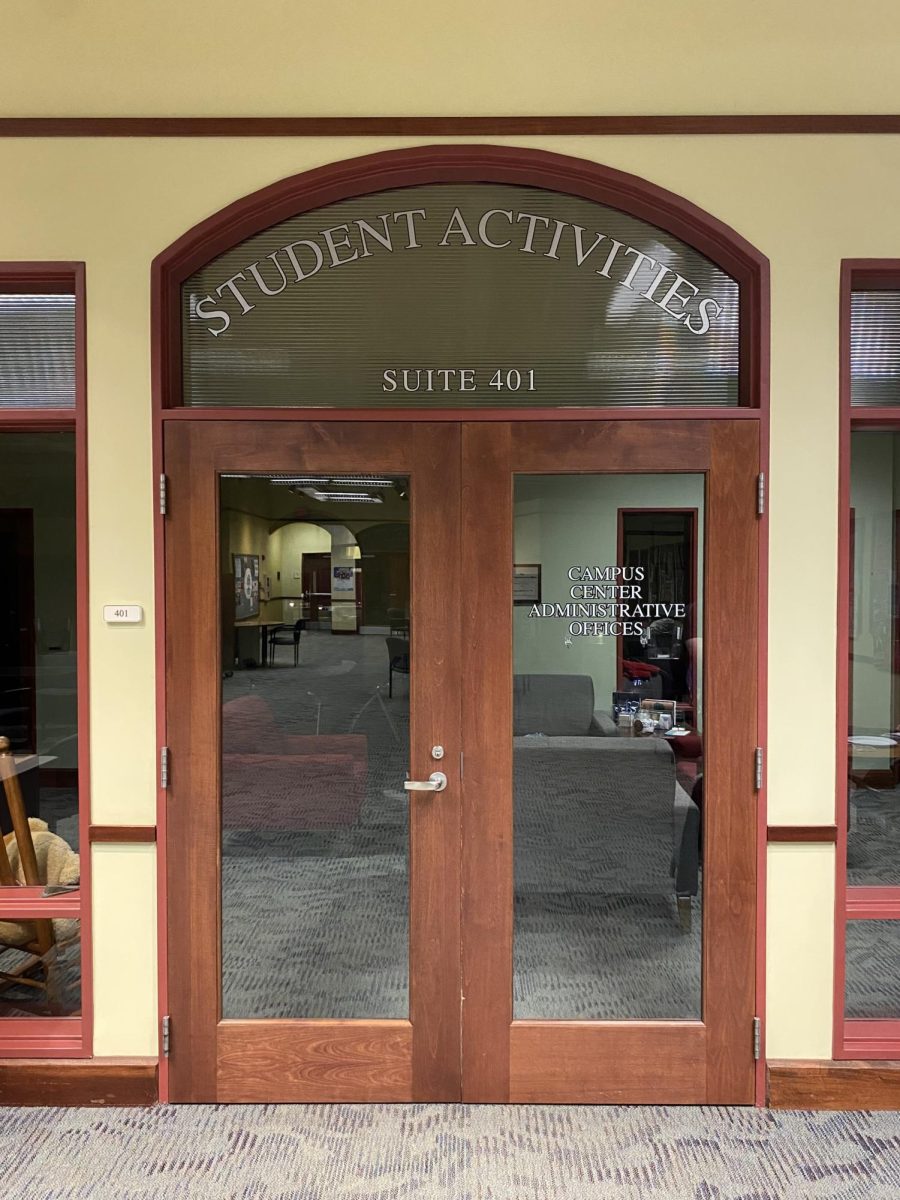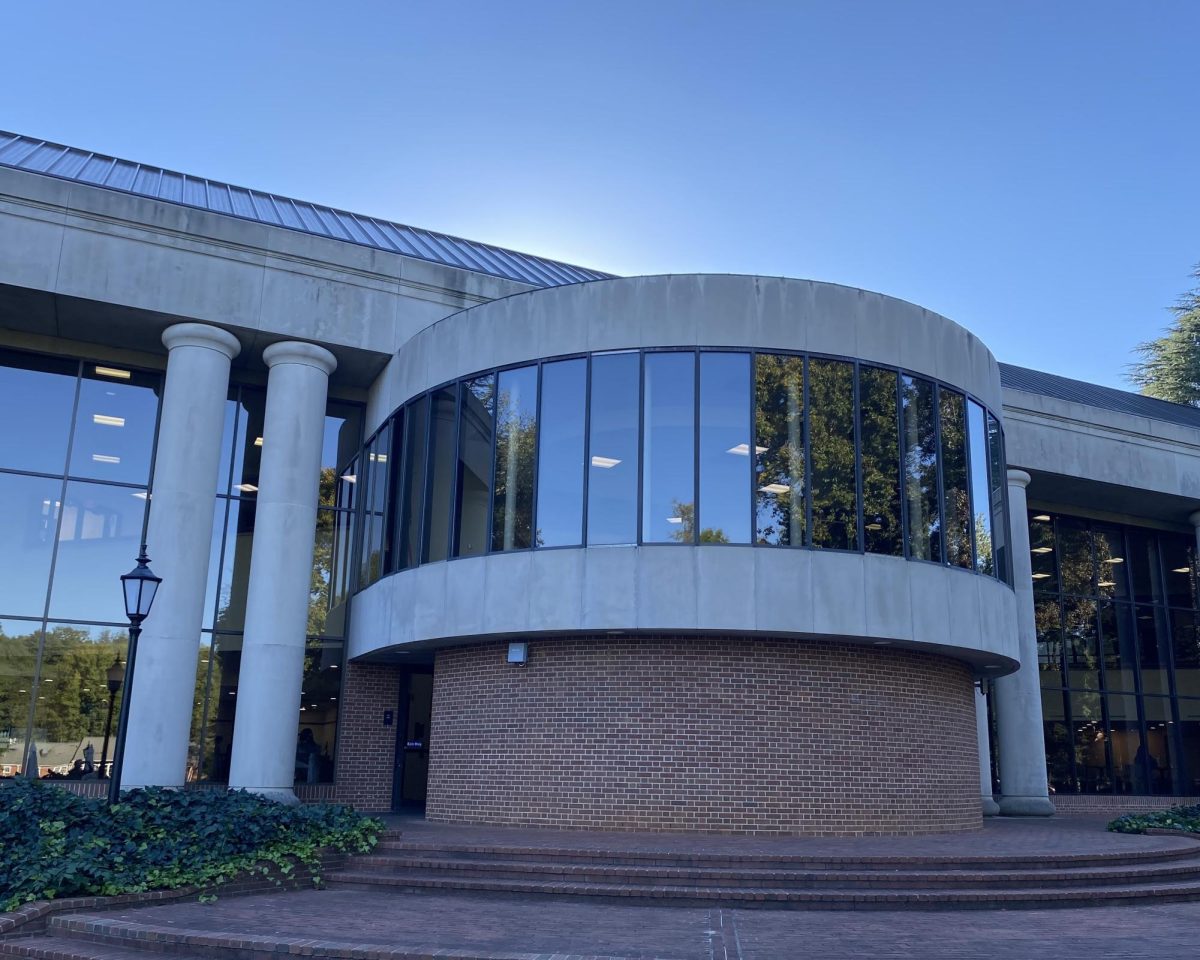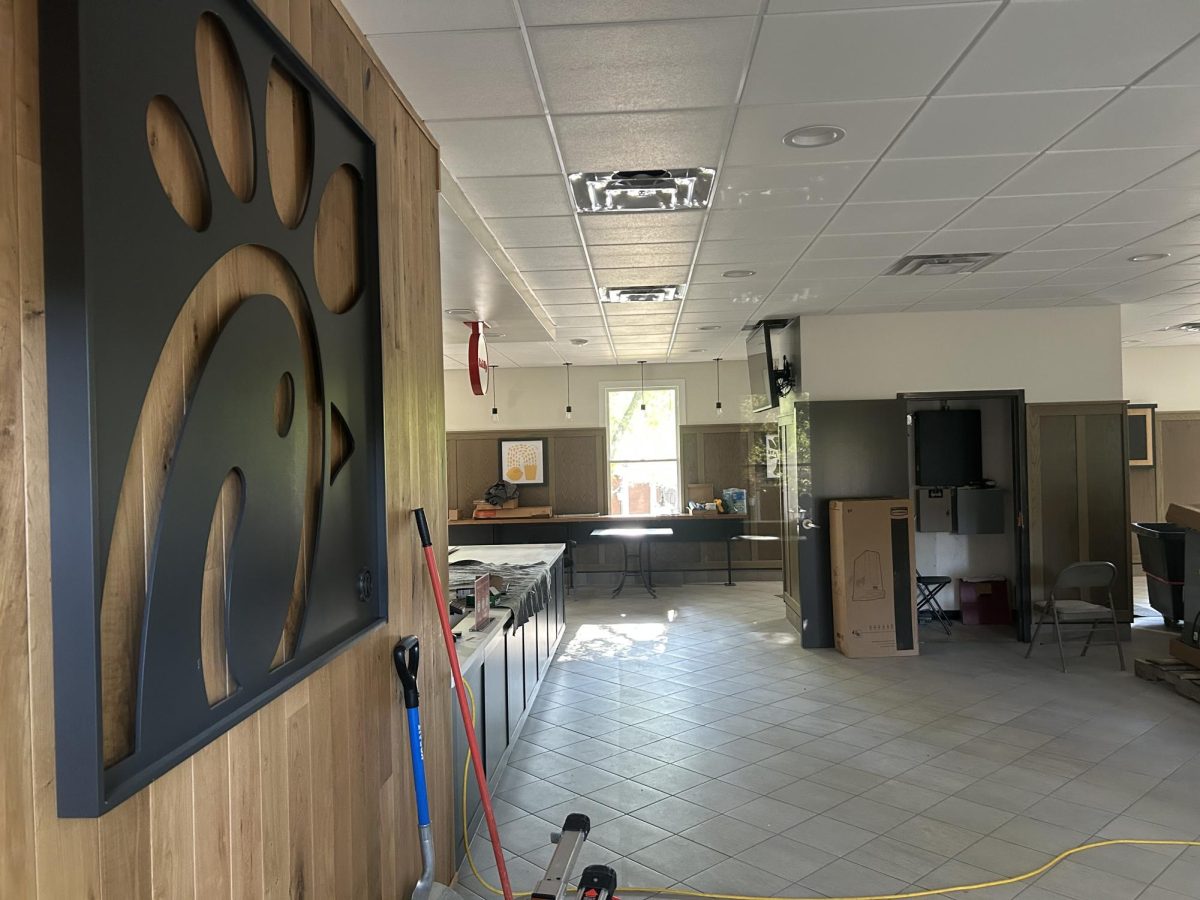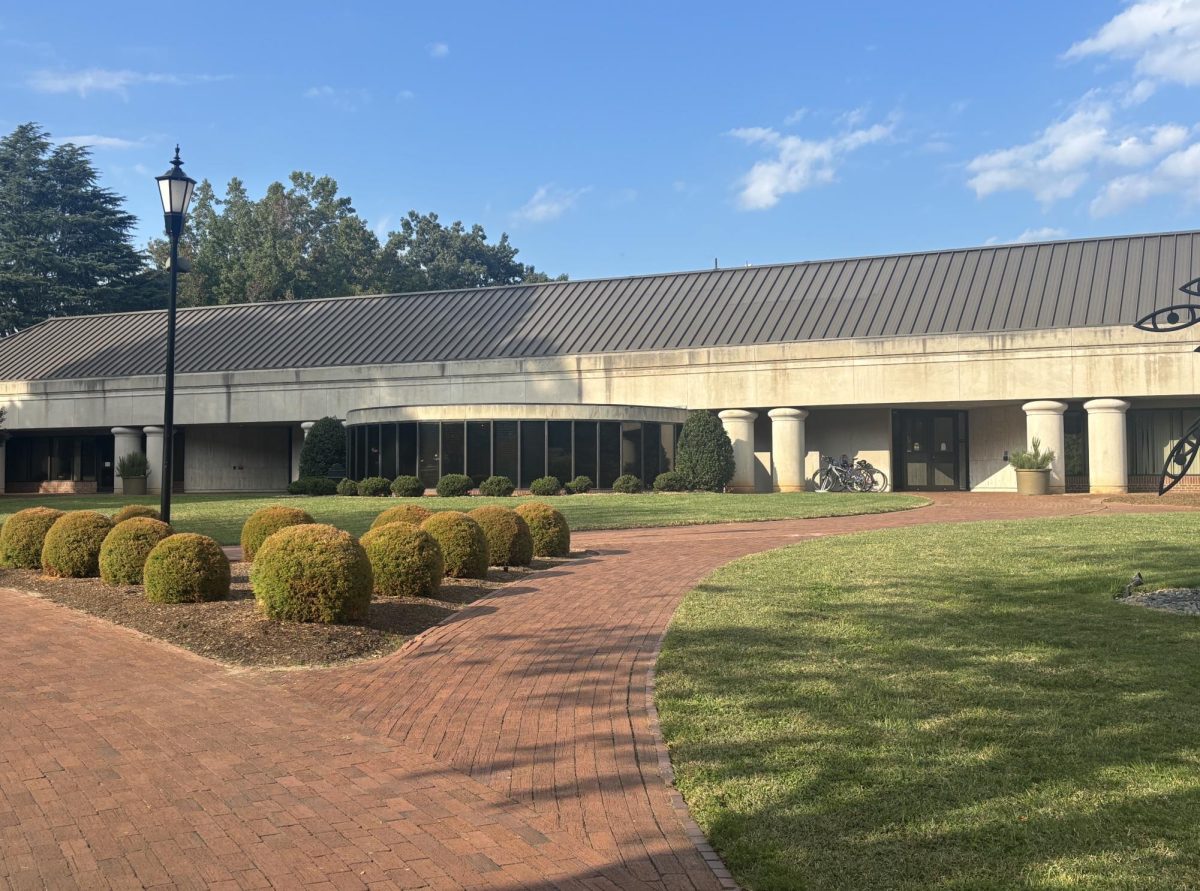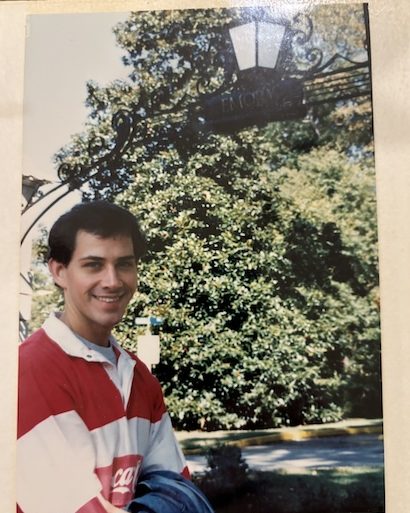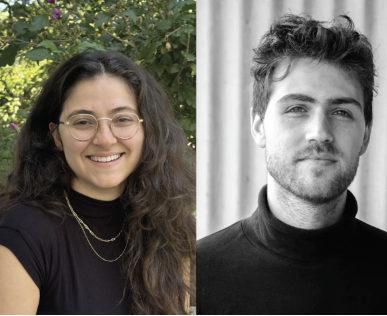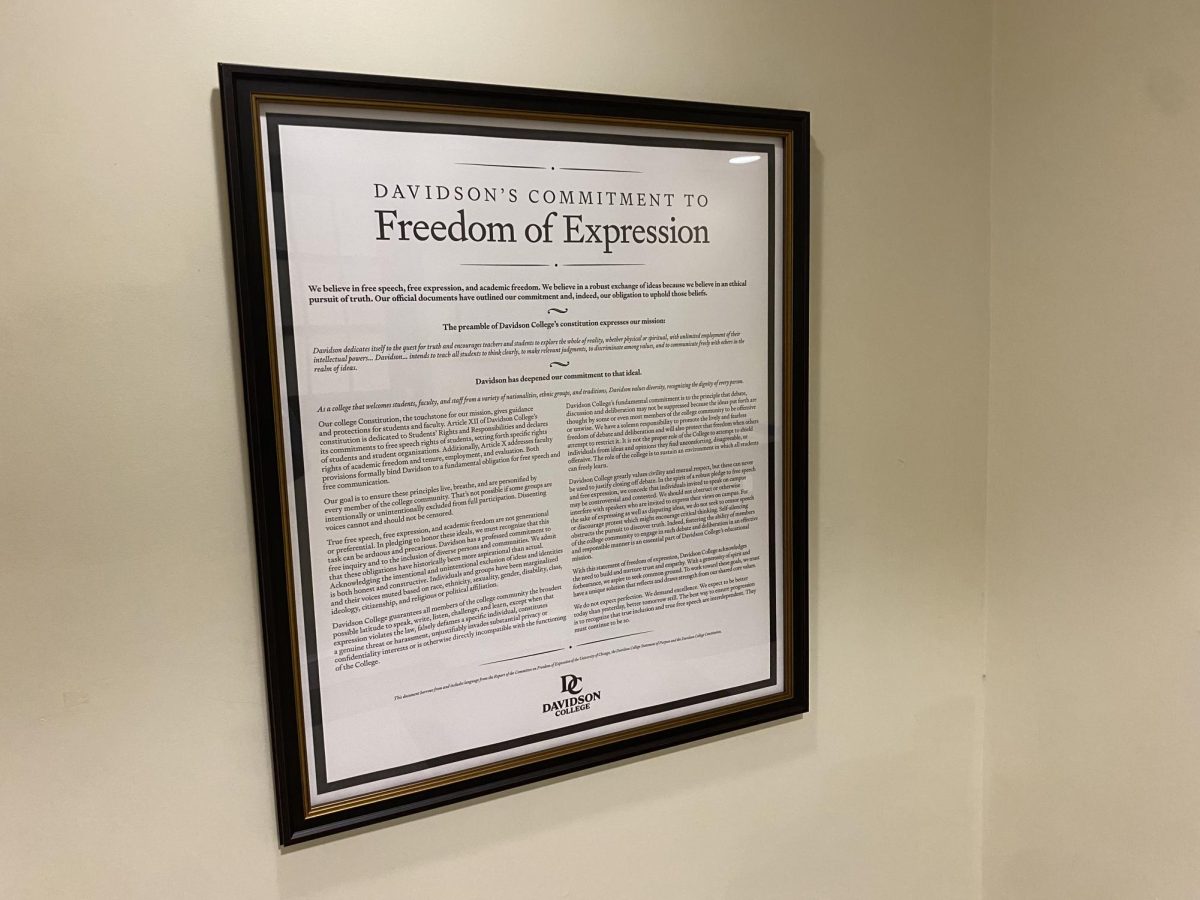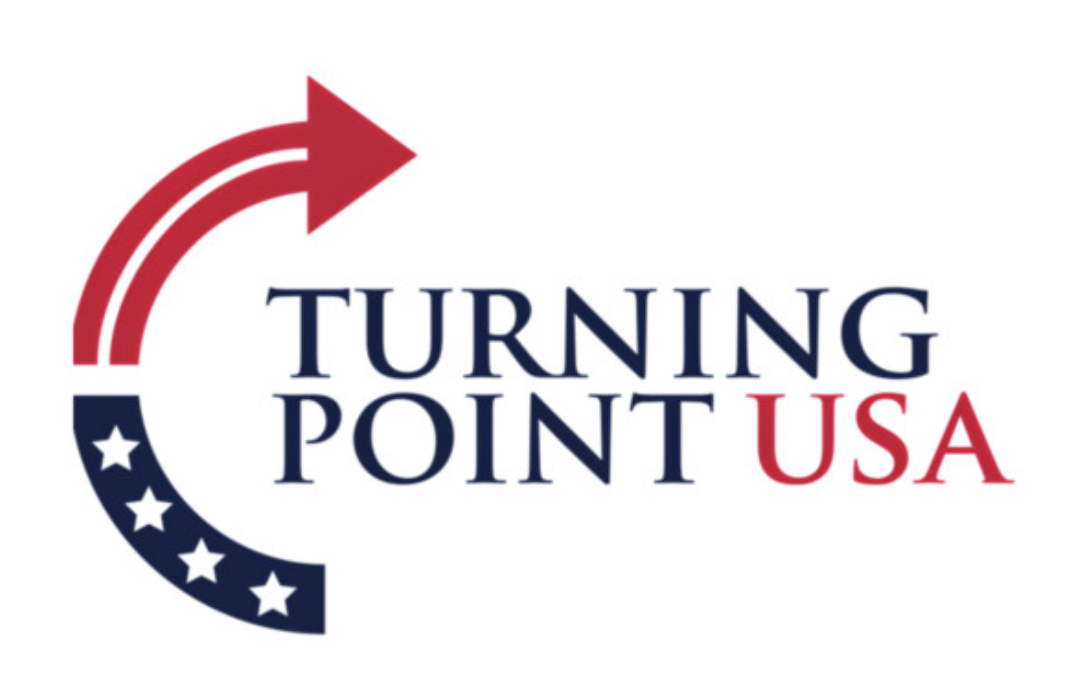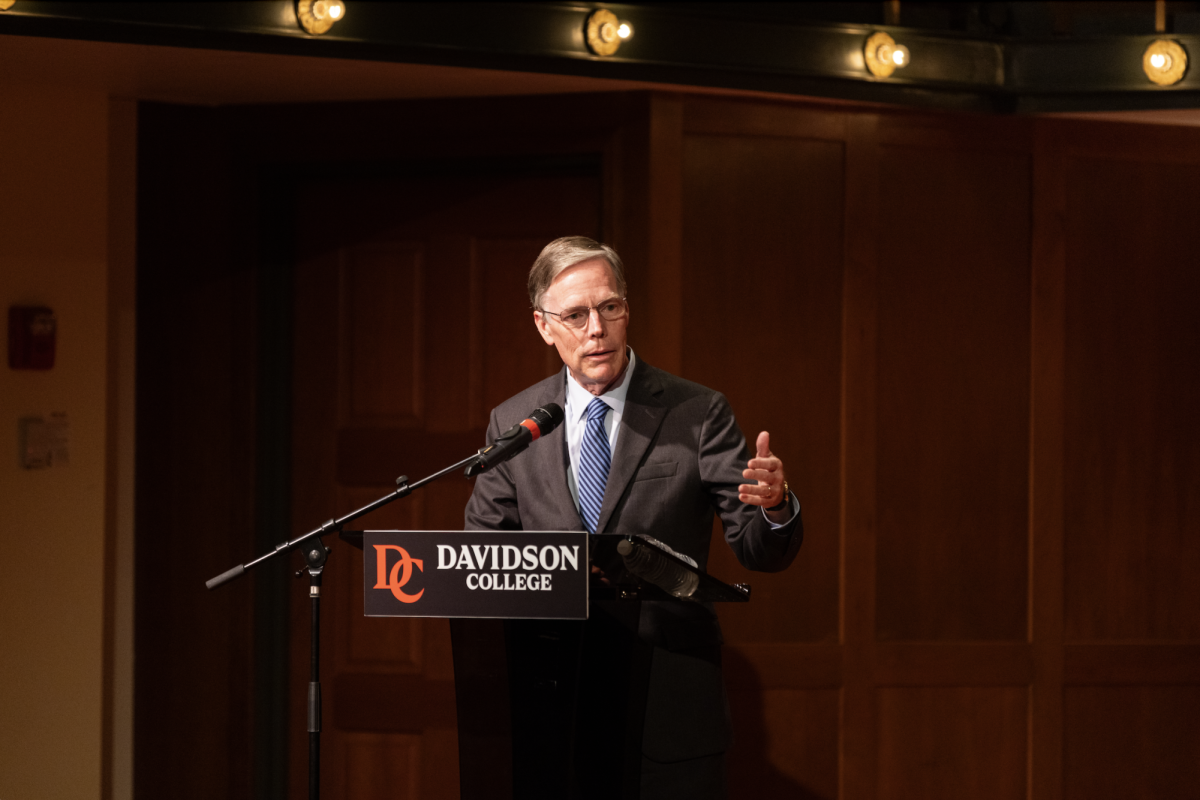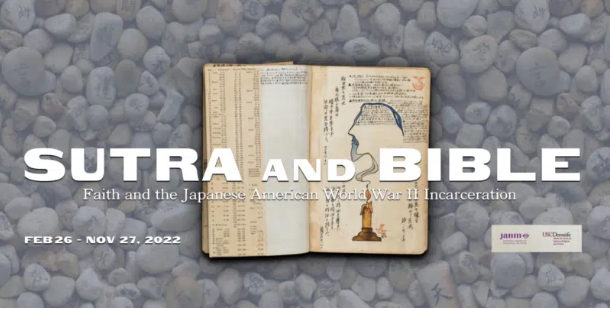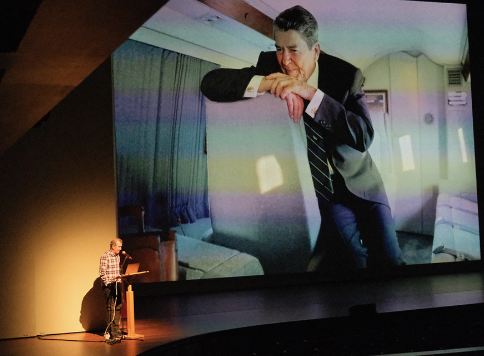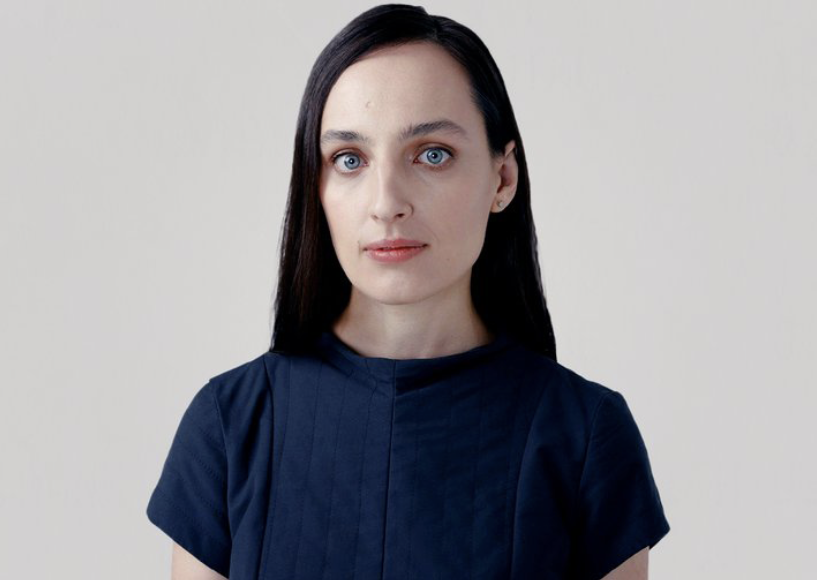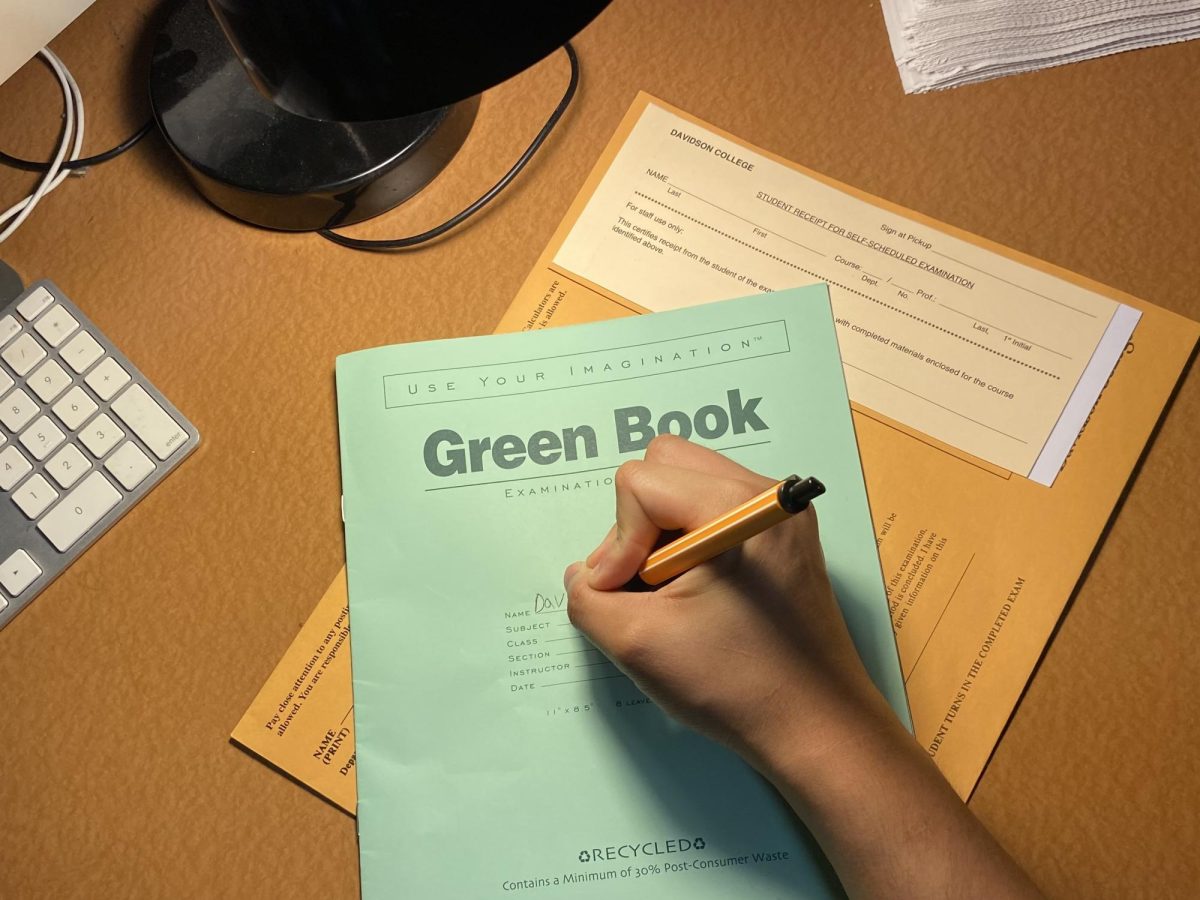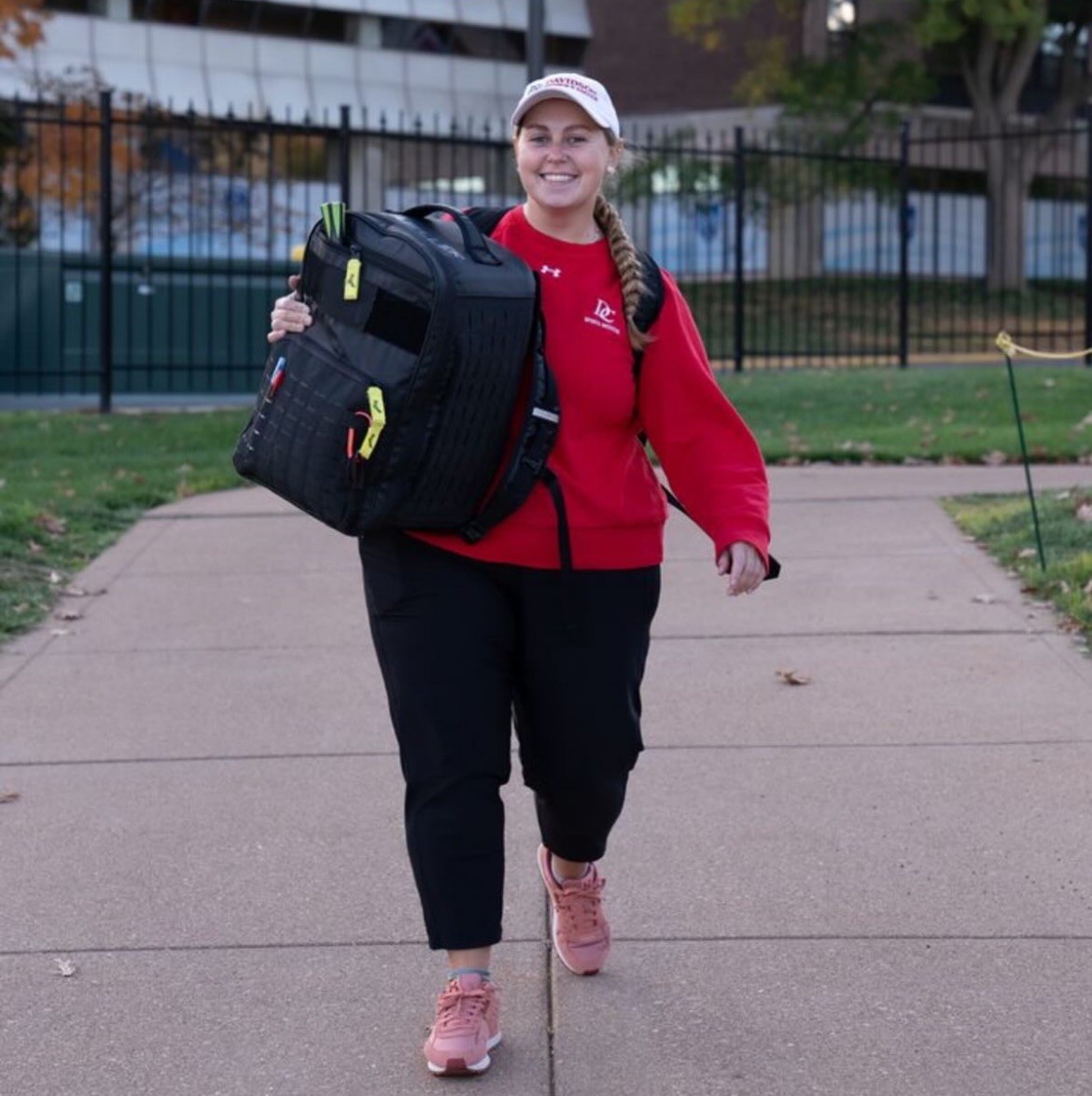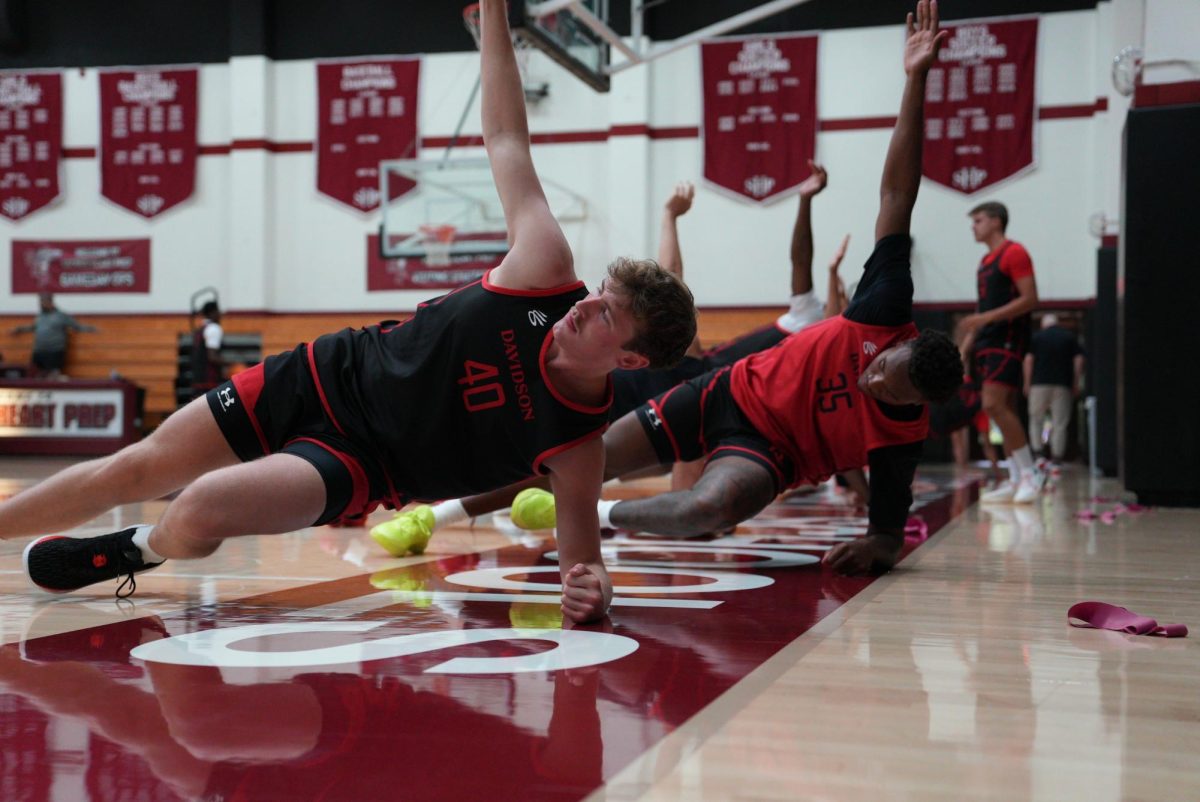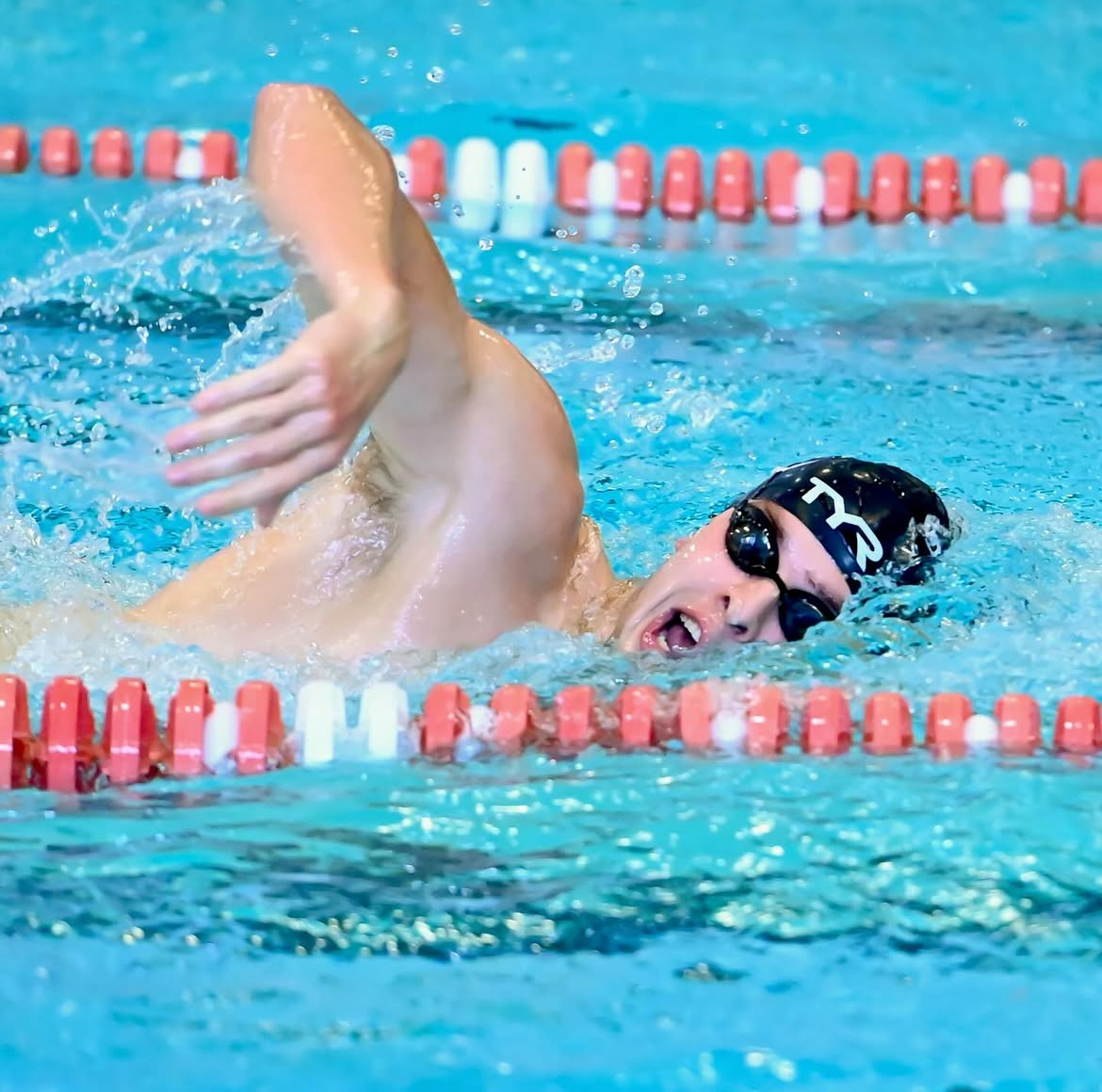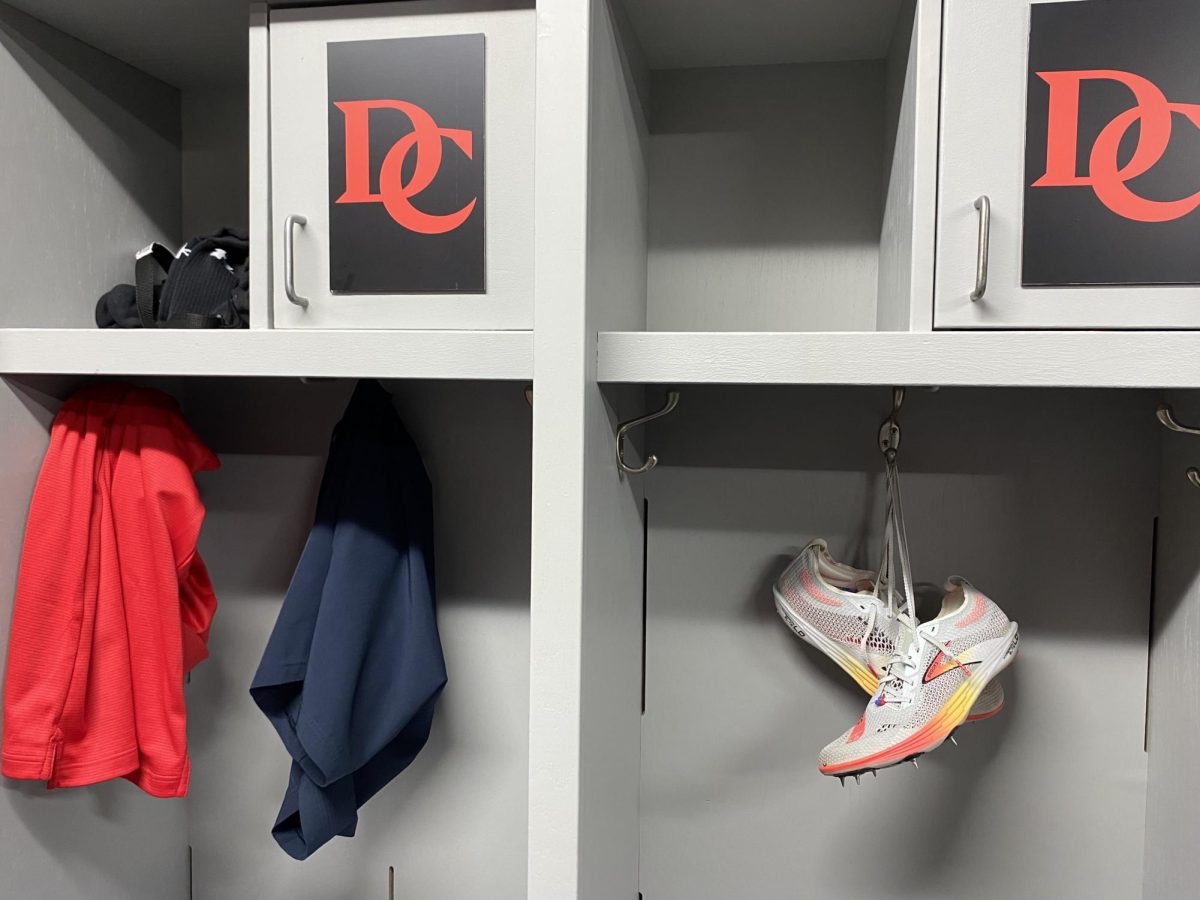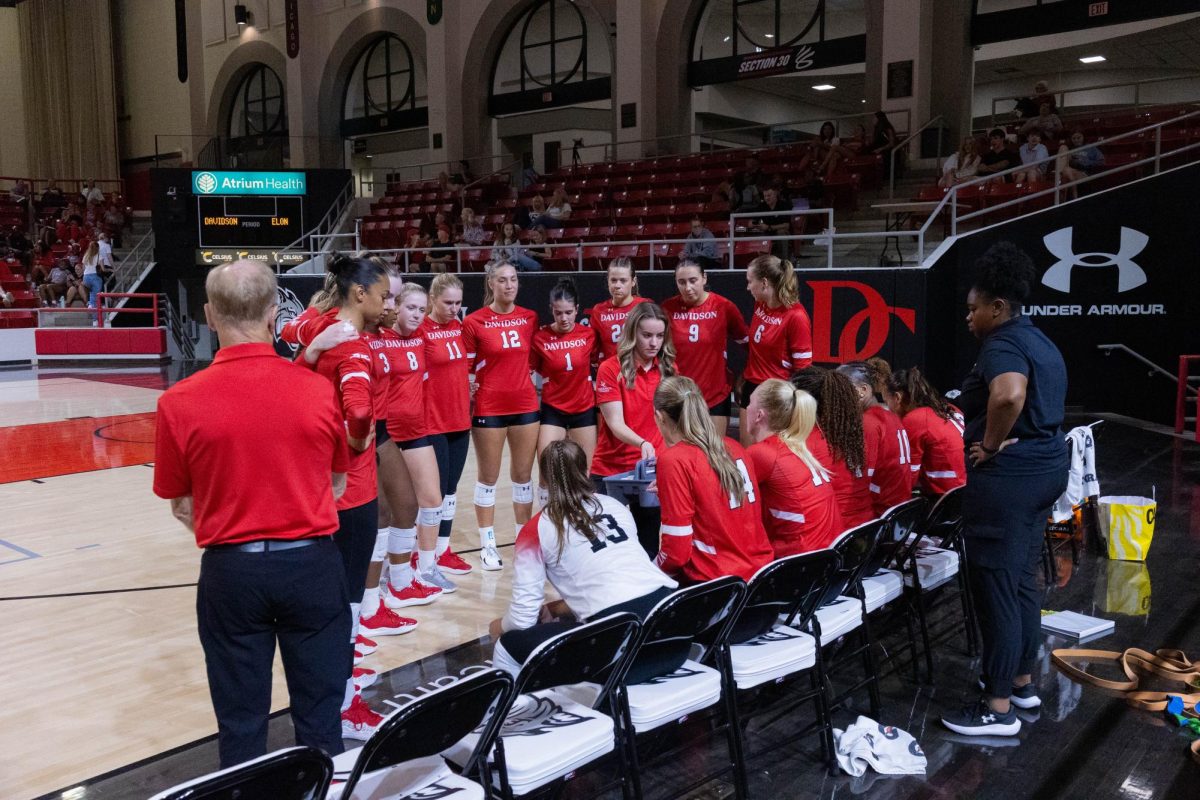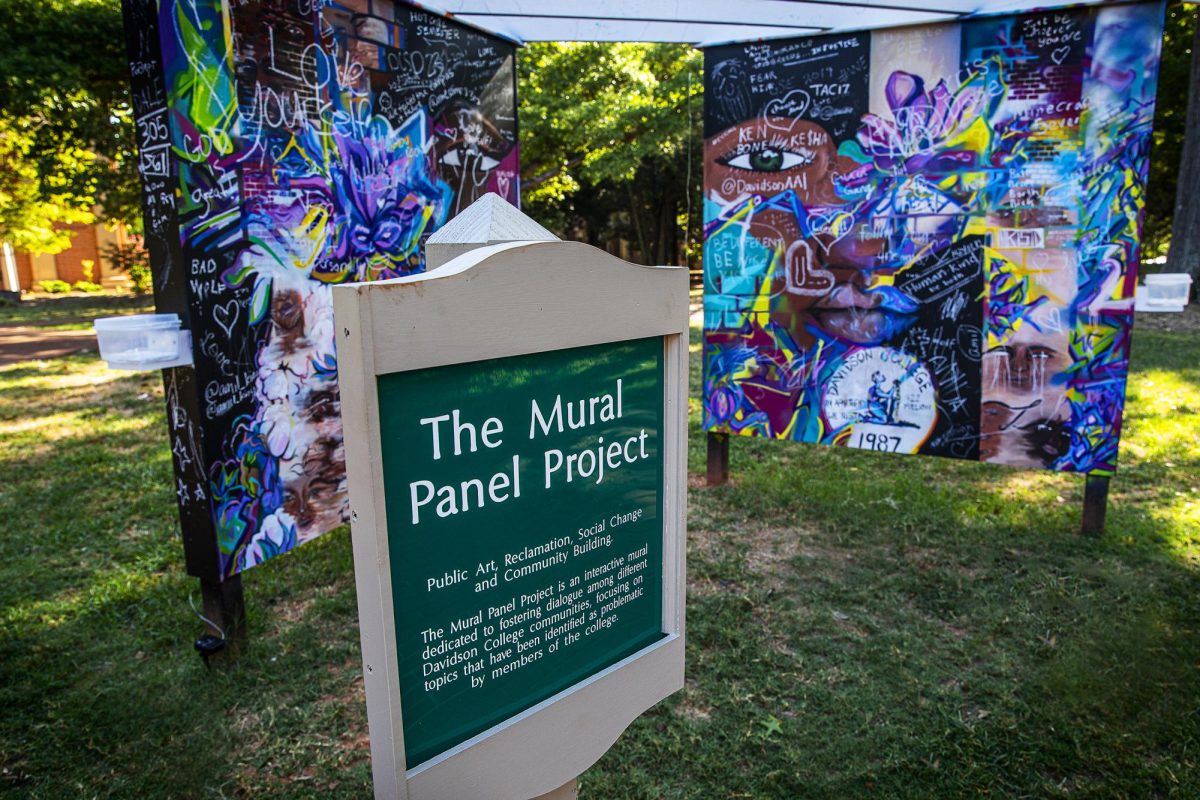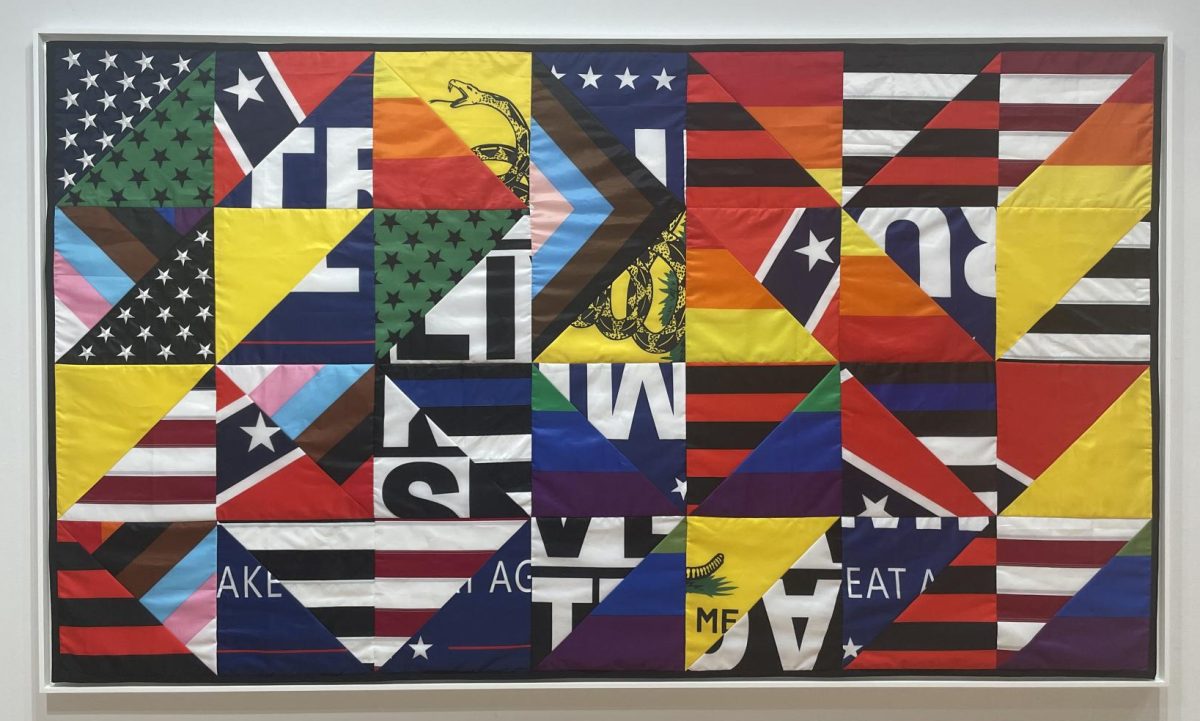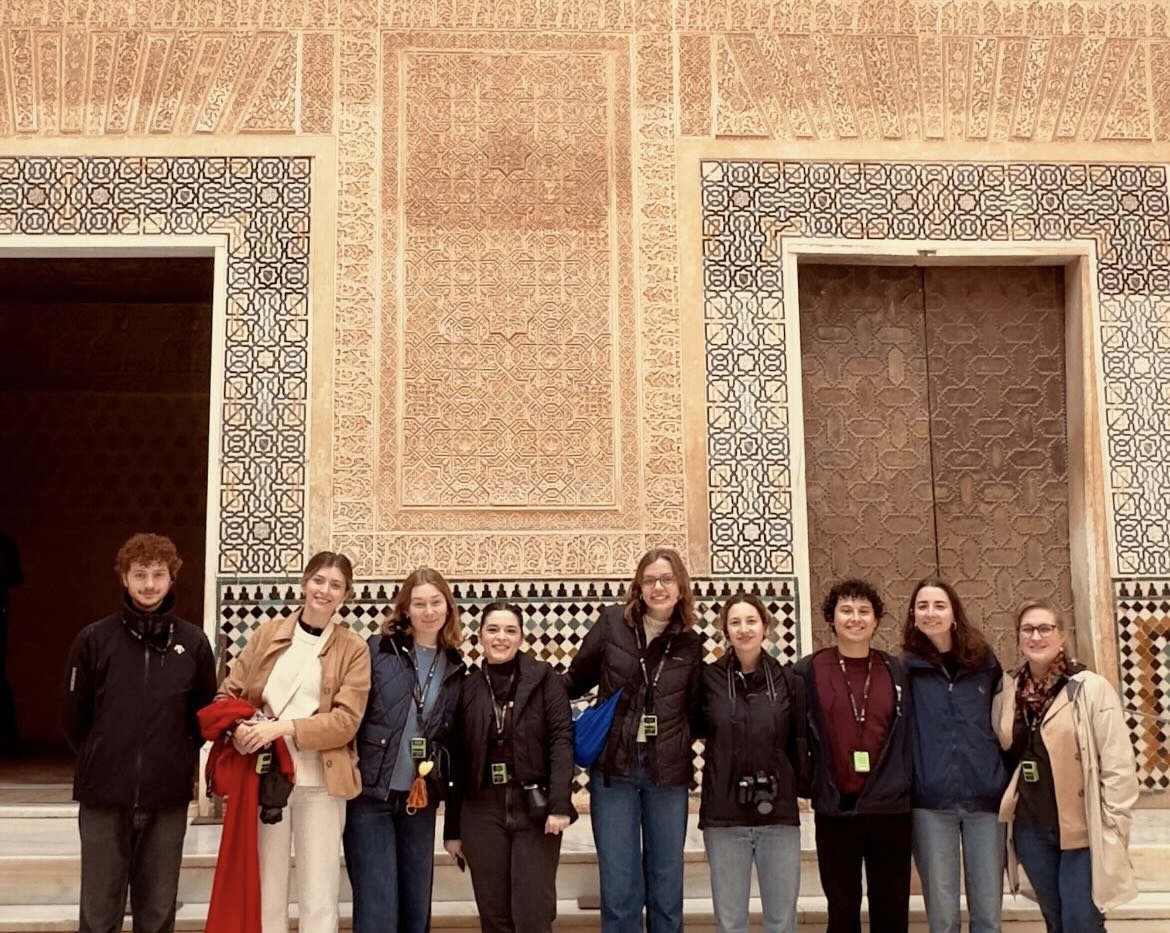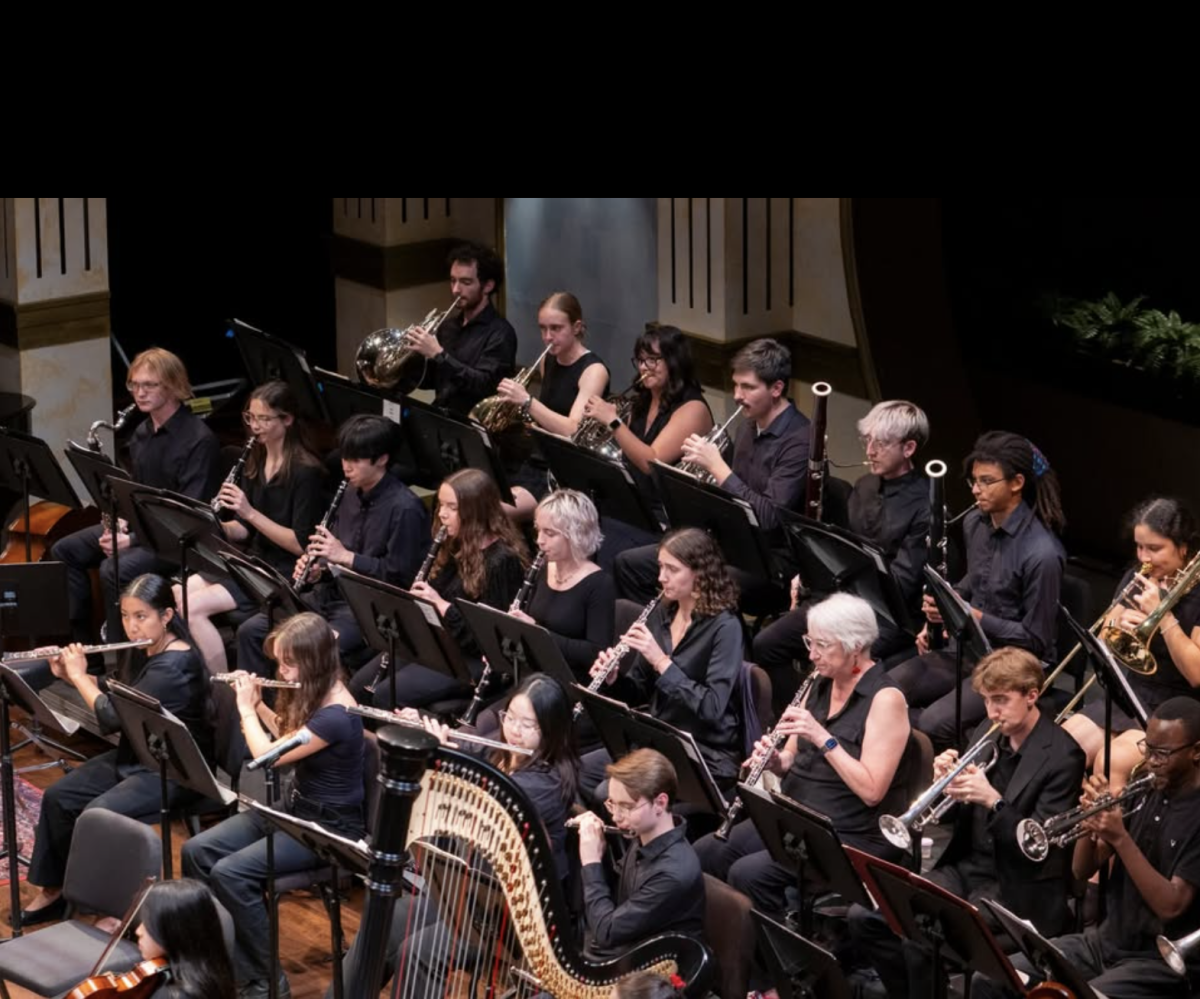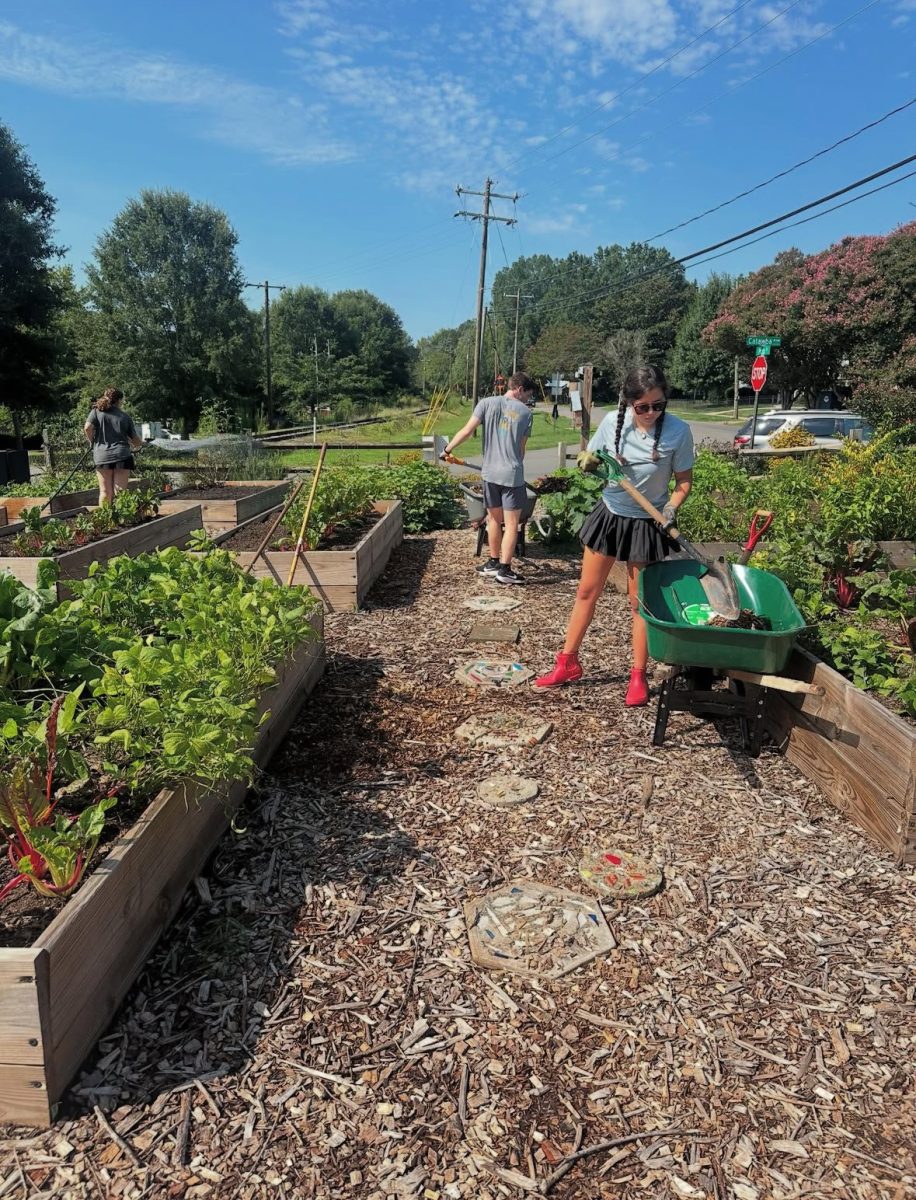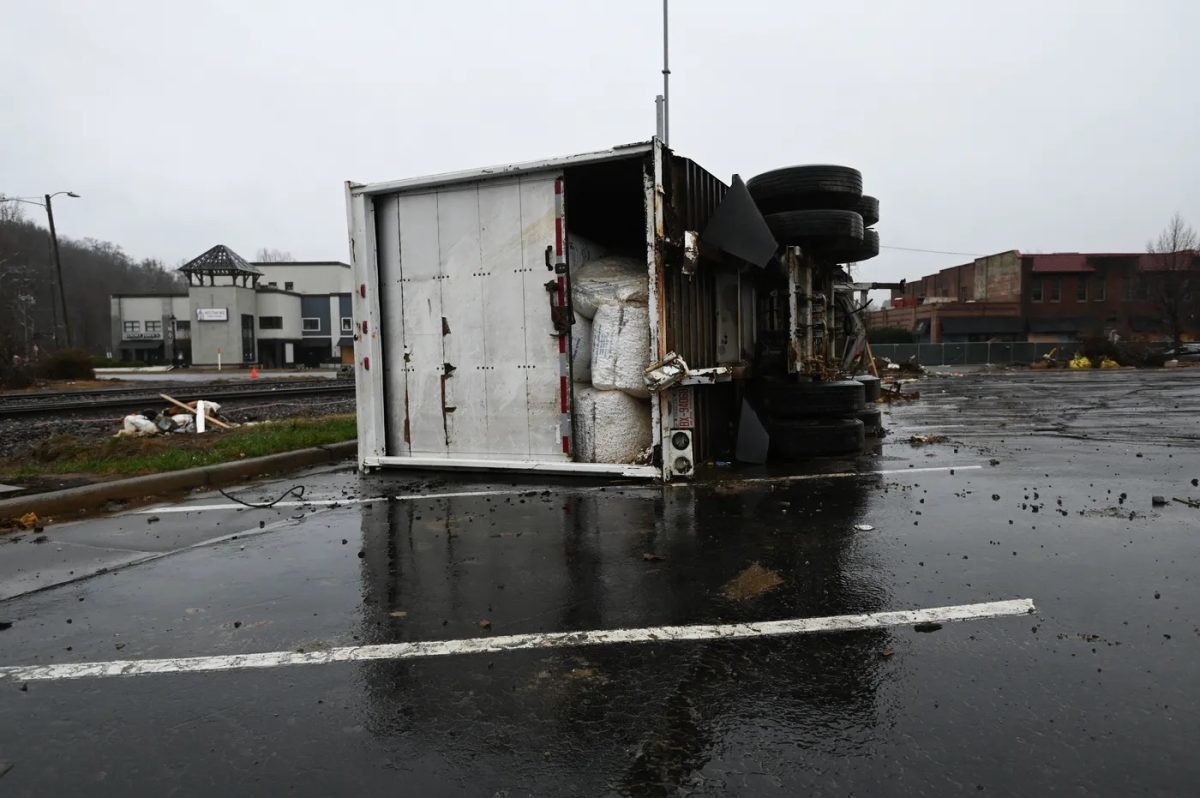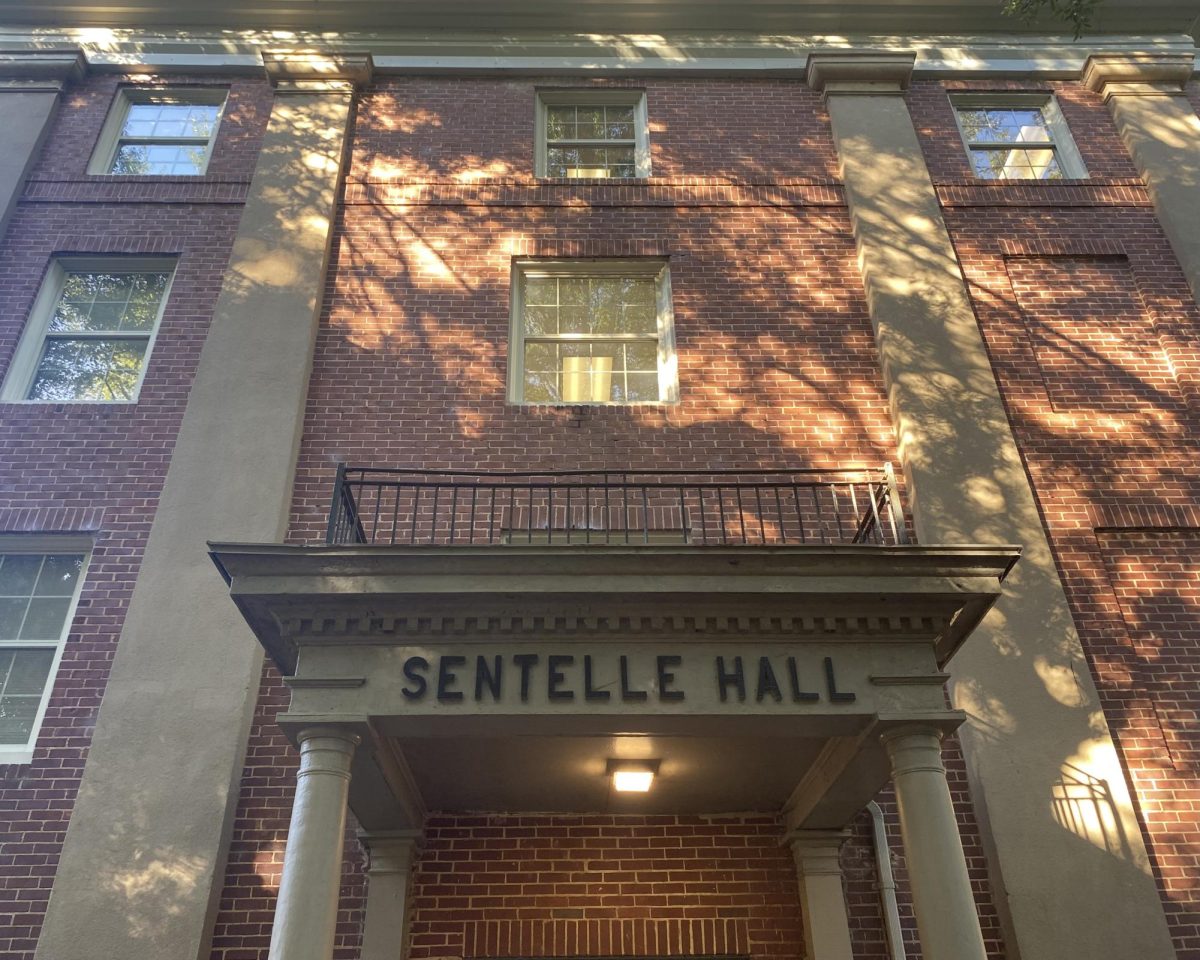Best-selling author and photographer Pete Souza, who is renowned for his work as a White House photographer under former Presidents Barack Obama and Ronald Reagan, came to speak in the Duke Family Performance Hall yesterday, November 19th. Souza spoke about his experiences as he guided the audience through a presentation on some of his life’s work, followed by a Q&A with audience members.
Union Board Speaker Chair Emma Busch ‘27 spearheaded Souza’s arrival to Davidson. “I’m a long, long-time fan of his work. […] I was a freshman in high school when his documentary came out. […] I remember tuning into the premiere of it on MSNBC. My family had his […] book on our coffee table; we were really a Pete Souza family and I went into this role with Union Board thinking, ‘How cool would it be if I brought Pete Souza?’” she stated. “I think he’s an important guy, and I think it’s a really cool moment for our community.”
Souza walked the audience through various stages of his experience from both the Reagan and Obama administrations, and even highlighted a North Carolina photography series he did for National Geographic.
After a brief introduction by Busch, Souza glided onto the stage, high-fiving Busch on his way to the podium. He began by discussing how and why he entered the photography field. “I was eight years old when JFK was assassinated. I didn’t know really what it meant, but I was really struck by the next day’s front page in my hometown newspaper, and there was a picture of the new president [Lyndon B. Johnson] being sworn in on Air Force One,” Souza described. “I remember asking my mom if I could cut this picture out of the newspaper, and I ended up scotch taping it to my bedroom closet door. […] I thus created my first photo gallery.”
He emphasized how video clips don’t capture moments like photography can. There’s no instant replay, and this spoke to Souza at a young age. He quickly learned of “the power of still photography.”
From there, Souza described how he ended up taking a photography course in his junior year at Boston University, and by the time he was twenty-eight, he had made his way to the White House, serving as an official photographer for the Reagan administration from 1983 to 1989.
One of Souza’s most unique photos was one of former President Reagan throwing a paper airplane over the balcony of a hotel in Los Angeles. “One of the things I was really trying to do is capture the humanity of this guy—just lighter moments,” he said. “This was one day we were in LA and I had gone into his hotel suite with one of the speechwriters, and Reagan was sitting at the table there in a little living room, folding a piece of white house stationery into the shape of a paper airplane. And he said […], ‘Well I’ll be right with you, fellas.’ [He] finished making his paper airplane. I thought it was a funny picture.”
Souza went on to show photos of former President Reagan sitting stoically in the Oval Office, visiting his wife Nancy Reagan in the Bethesda Hospital as she was recovering from breast cancer surgery, and casually chatting on Airforce One.
Naturally, Souza developed a close relationship with the Reagans, and later had the privilege of photographing the former president’s funeral, even capturing a solemn photo of his casket being flown to the funeral service. “Nancy Reagan asked me to be the official photographer for the funeral. […] I covered the first few days at The Reagan Library, and then President [George W.] Bush sent out Air Force One to pick up Reagan’s body to fly back to D.C., where he was going to lie at the U.S. Capitol. Now I gotta tell you, it’s pretty eerie having the casket of the former president aboard Air Force One,” he remarked.
As the transitioned to the highly anticipated Obama administration photos, Souza’s gentle grin grew a bit larger as he got into “the meat of the presentation,” as he described it.
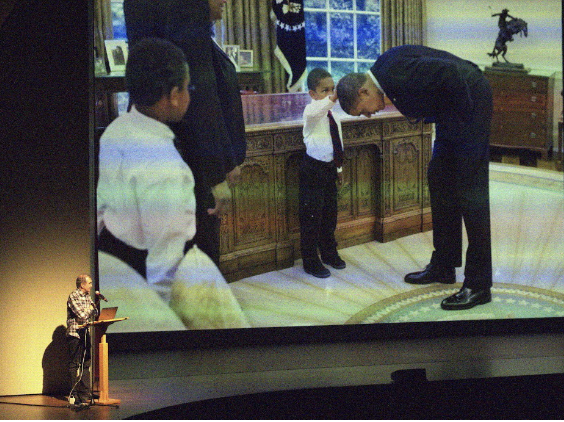
Souza emphasized that when he took on his role with the Obama administration twenty years after his first stint at the White House, he wanted to ensure that he would be able to properly capture the important moments of who the president really was. “I thought I was in a unique position, because I had already known Barack Obama for four years. I photographed him for The Chicago Tribune, and had traveled with him overseas for The Tribune. I covered the start of his campaign. So he knew me, I knew him. […] I had the experience of working at the White House before, and so I felt very confident saying to him, ‘Look, I’m only going to take this job if you give me total access.’ And he got the importance of having somebody document his presidency for history,” he said. “Even though I’m not the greatest photographer in the world, I was the right photographer to be the chief photographer for him. And I really wanted to concentrate on behind the scenes images.”
Souza displayed a vast array of photos, including both somber and joyous moments alike. He showed iconic historical moments, including the reaction in the Situation Room when Osama bin Laden had been assassinated. As he displayed this photo, he described how he tried to capture the tension on their faces. “These are the [people] that make big decisions every day. [Here] they are powerless. There is nothing they can do to affect the outcome at this rate, and I think that’s what accounts for this anxiety that you see in their face,” he described .
One moment that captivated the audience was under a section titled “The Worst Day,” where Souza described what it was like being in office during the Sandy Hook Elementary School Shooting in December of 2012. With a photo of former President Obama puffing his cheeks on the screen before speaking to the press that fateful day, Souza described the empathy he saw, and how he captured the former president’s feeling in such a dire moment. “More than anything, more than being president, imagine the horror of those families where you have made them breakfast, kissed them goodbye, put them on the school bus, and it turns out to be the last time you ever see him. He thought his duty as president was to speak to the nation, so early that afternoon, he walked down to the press briefing room. I’d never seen him do this before—blow his cheeks—because I think he thought he might lose his composure.”
Souza went on to show photos of the aftermath of the situation, including former President Obama hugging his own daughter Sasha a little tighter that day, and how he visited families in Newton, Connecticut and mourned with them.
Despite these challenging moments, Souza went on to present photos that showed who former President Obama was beyond his title. He showed photos of him playing in the snow with his daughters (which he claims is still the former president’s screensaver to this day); photos of small, intimate moments with his wife Michelle Obama; photos of him laughing with children during the annual White House Halloween event, photos of him playing with his dog Bo in the halls of the White House; even photos of him stepping up to coach his daughter’s recreational basketball league game.
He also discussed what it meant to be capturing the photos of the first African-American president. “At first I didn’t really think about it that way. I thought of every presidency as historic.” That was until Souza had a moment with five-year-old Jacob Philadelphia in 2009, whose father worked in the Foreign Service. “President Obama invited them into the Oval Office for a snapshot. Standing in front of the desk, Jacob […] said [something like] ‘Mr. President, my friends tell me my haircut is just like yours.’ And […] Obama bent over, and Jacob touched his head. […] It’s like a fraction of a second and I got it just right, thankfully. […] But this picture really resonated with kids of color,” he said. “I realized I [needed] to really be paying attention to this aspect of his presidency.”
Throughout these snapshots, Souza emphasized the meaningful moments were not hard to come by. “It’s just a combination of luck and a little bit of experience in terms of trying to document the humanity of this guy. I always thought it was the little moments that reveal what he was like as a person, how he interacts with other people,” Souza described.

